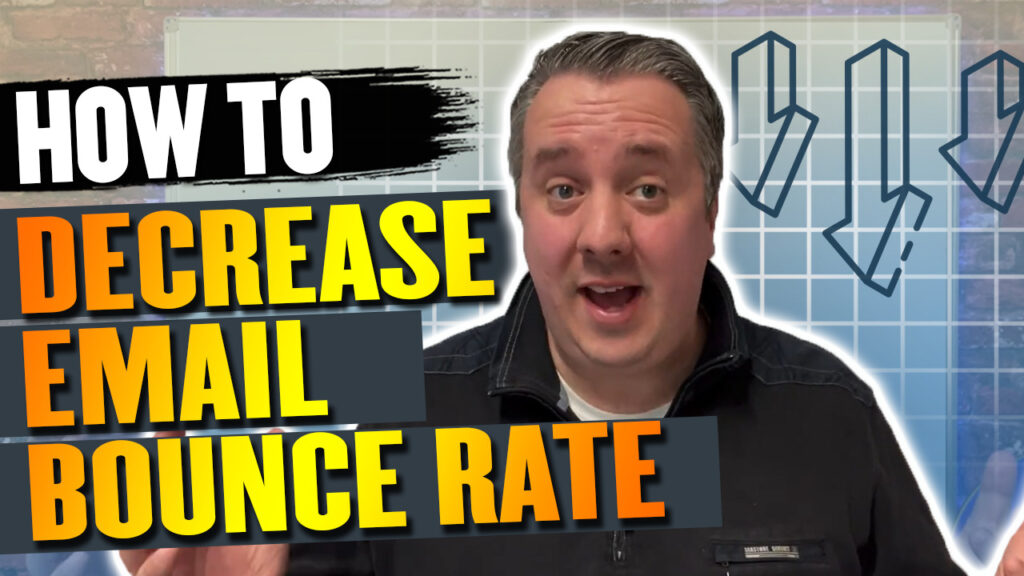Bounce rates and bounce handling are significant factors if you want to run professional and successful email marketing campaigns. In this blog, I will go over email bouncing in detail, explaining what is bouncing, how to deal with bounced emails, bounce email types, and decrease bounce rate. Let me share tips for lowering bounce rates with you.
Email bounces are the annoying phenomenon that occurs when email messages are unable to be delivered to a recipient’s email address. They can cause a lot of pain – blood, sweat, tears, curses… high email bounce rates can definitely throw you off track.
What exactly is an email bounce?
When an advertising or marketing email is not delivered as intended, it is referred to as an email bounce.
There are several reasons why an email may “bounce,” but the most important thing to remember is that “bounces” not only waste your time and effort, but they can also have a negative impact on your email deliverability. In other words, if you have a high bounce rate, servers may begin to suspect that your emails are untrustworthy and may begin to block them automatically.
That is why it is critical to regularly monitor and clean up bounced emails. But first, let’s discuss the different types of email bounces.
Two Types of Email Bounce:
Email bounces (which contribute for a part of your total delivery) occur when an email cannot be delivered to the inbox of a recipient. Typically, you will receive an auto-reply to your message with a reason for the non-delivery. When sending email, you may encounter two types of bounces: hard bounces and soft bounces.
-
Hard Bounce
Hard bounces, also known as permanent failures. This indicate that the message was unable to be delivered due to an unchangeable, permanent reason. Invalid email addresses, the receiving server no longer exists, misspelled domain names or recipient addresses, and so on are common causes of hard bounces. After the first attempt, most email providers, including Mailgun, will stop attempting to send hard bounce messages. We can’t deliver it if it has nowhere to go.
One common misconception is that nothing you do will change the bounce, so some senders believe it’s best to simply remove those email addresses from your lists or CRM. It is not recommended to delete customer data. Instead, hard bounced emails should be added to a suppression list (some ESPs do this automatically).
-
Soft Bounce
Soft bounces (temporary failures), on the other hand, cannot be delivered due to a temporary issue. What kind of temporary situation? It could be anything from the email message being too large to the recipient’s email server being unavailable.
There is no single solution for soft bounces, but the email cannot be delivered to the recipient’s inbox at that time. Most ESPs will attempt delivery a few more times in case the circumstances change. It will eventually stop if the email continues to bounce.
What about an unexpected rise in email bounces?
When it comes to hard bounces, you should not notice any sudden increase while sending emails. If you send to a list for the first time without validating it first, you may experience a higher hard bounce rate due to factors such as typos. Simply add those addresses to a suppression list to reduce hard bounces. It’s as simple as that, with (hopefully) no profanity.
You can avoid them entirely by verifying an existing list or adding a double opt-in feature to your forms. This is to ensure users’ emails are correct. This reduces the number of incorrect addresses, providing you with a cleaner mailing list from the start and a better sender reputation.
How to resolve email bounces:
The problem isn’t your bounces; it’s what’s causing them in the first place. Bounces are almost always a sign of out-of-date or ineffective sending practices, which means poor deliverability. If you’re currently attempting to solve a technical problem with email bounces, we’ve got the documentation for you!
You could have a fantastic email marketing campaign, but it will be useless if it does not land in the inbox. Healthy deliverability sending habits will prevent you from being limited by your ESP in the future. So, stick to best practices and keep grooving, and the bounces will come.
MORE blogs here:
How To Use A Customer Avatar To Attract Customers
Add A Link In Your Youtube Video Description


